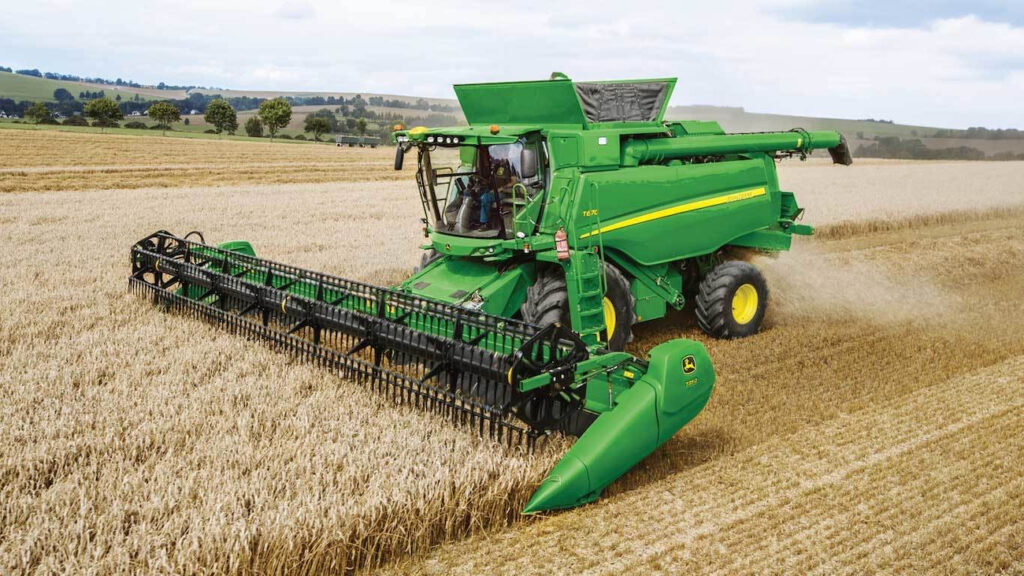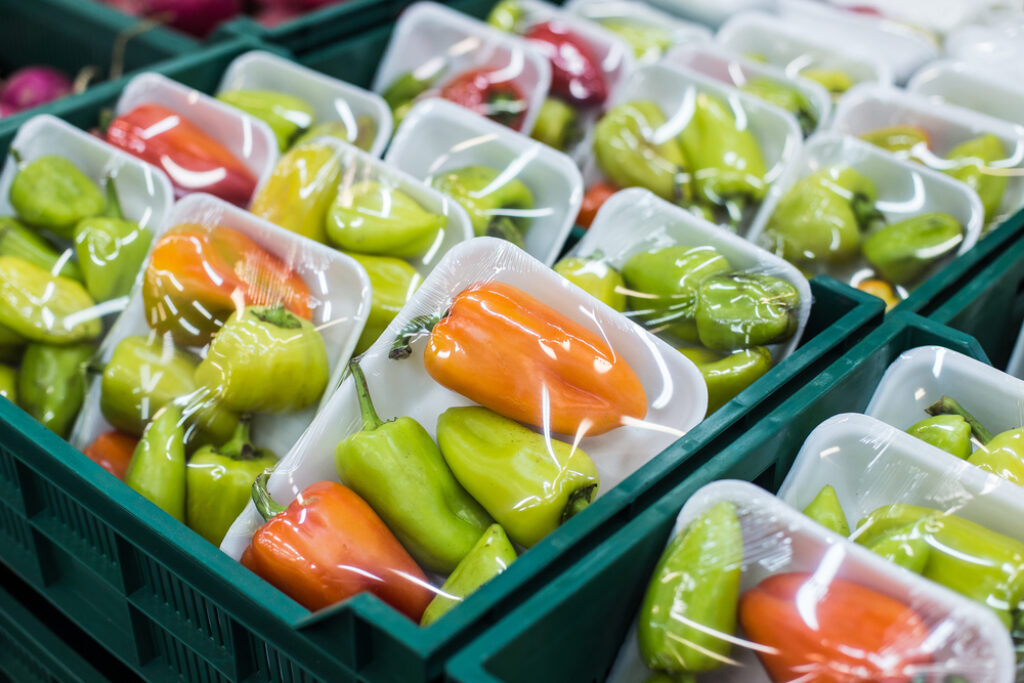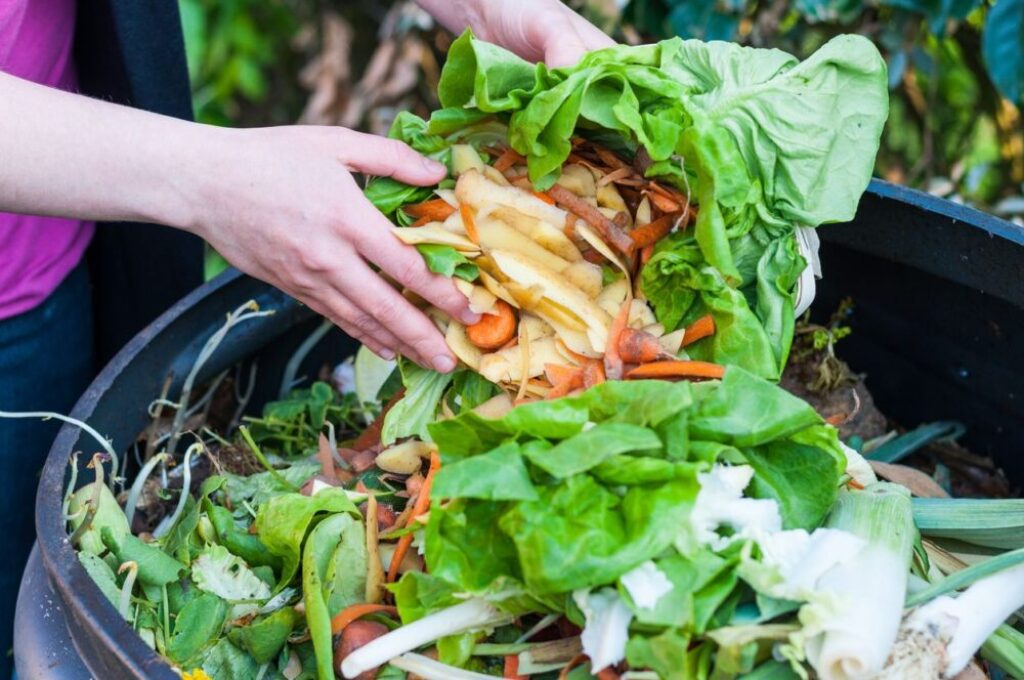
Fresh fruits and vegetables provide essential nutritional value yet are highly perishable. An alarming amount of food waste occurs from harvest to fork, incurring significant economic and ecological costs.
Reduce food loss and waste with these simple supply chain solutions, including reducing forecasting errors and equipment malfunctions, redesigning product processing for increased edible produce preservation, reengineering product design to retain more edible fruits, as well as creating secondary uses and new food products for trimmings and peels.
Once you’ve finished reading today’s article, you can click the following link to learn about how the benefits of a platform like Silo can supercharge your fresh produce business.
Table of Contents
1. Invest in Cold Storage

Source: youtube.com
Cold Supply Chain Management (CSCM) refers to overseeing temperature-controlled food from production through retail sale and consumption, using various measures to minimize food loss during this process.
Food waste reduction begins by optimizing storage conditions. One effective strategy to achieve this is investing in cold storage units designed to extend the shelf life of fruits and vegetables – another effective means of cutting back on wasted products.
Cold storage investments can be essential for growers to strengthen their bottom lines. Many lack the funds or ability to purchase new equipment that could increase yields; by investing in cold storage, they can produce and sell more crops resulting in higher incomes for themselves and their families.
Consumers can also help reduce food waste, including shopping wisely and avoiding impulse buys, investing in reusable bags, using all parts of produce for cooking purposes, and freezing foods before they spoil.
2. Improve Harvesting Techniques

Source: youtube.com
Food loss occurs throughout the supply chain, but its most widespread causes can be found during harvesting. Improving harvesting techniques helps reduce products that end up on the floor due to quality defects and thus decreases food loss.
Many growers lack access to modern equipment or are forced to rely on outdated technology, limiting their potential yields and quality. Targeted loans and financing can provide growers with the resources to upgrade harvesting methods and equipment for maximum effectiveness.
Untrained or mismanaged workforces can also contribute to food loss and waste. Experienced workers can efficiently harvest large volumes of fruit or vegetables without harming the quality of the product.
At the same time, untrained personnel could cause physical injuries like bruises, cuts, or sun-scalding, increasing the decay of organisms’ access and leading to shorter shelf lives with lower yield prices for growers.
3. Improve Packaging

Source: freepik.com
Food that goes uneaten generates energy and resources wasteful of being produced, but wasted food also releases harmful methane emissions into our environment. Methane has more warming potential than carbon dioxide; thus, minimizing food loss and waste helps reduce these emissions significantly.
Supply chain operators can take multiple steps to reduce food loss and waste, such as improving inventory management and stock rotation, revising marketing standards to reduce promotional offers and multiple product samples/testing, and incorporating new packaging materials.
Companies can also repurpose safe, unsold produce into prepared foods or donate it to charity or food banks. Furthermore, educating consumers on how to read date labels will reduce confusion and unnecessary food disposal.
Additionally, new startup innovations are creating products that extend the shelf life of fruits and vegetables by using an invisible coating that slows water evaporation while permitting the natural exchange of gasses for longer ripening times – keep your produce looking its best longer with these innovative solutions!
4. Invest in Technology

Source: pinterest.com
Implementing various innovations (technological, organizational, and marketing) can help you reduce food waste.
Food waste can occur throughout the supply chain; consumers tend to think it occurs only at this end.
Food loss reduction is becoming a global focus. Not only can it save valuable financial resources, but also helps decrease methane emissions that result from food rotting away in landfills and fields.







